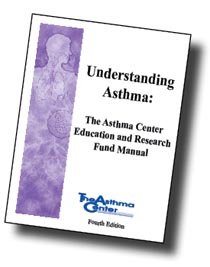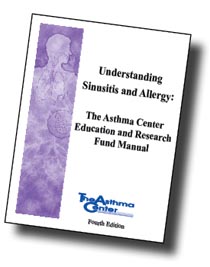Seasonal allergic rhinitis
Symptoms
Classic symptoms of seasonal allergic rhinitis are:
- Itching of the nose, ears, throat and roof of mouth
- Sneezing
- Nasal congestion
- Runny nose
- Clear, watery nasal discharge
- Sinus pressure
- Post nasal drip
- Ear fullness and popping
- Cough
- Fatigue
Examination of the nostrils reveals pale appearance and swelling of the lining of the nose and nasal turbinates. Examination of the exterior of the nose often shows a horizontal crease across the bridge of the nose caused by repetitive use of the “allergic salute” – wiping the nose with the palm of the hand in an upward motion.
Seasonal allergic rhinitis can involve the eyes and lead to allergic eye conditions. Seasonal allergic rhinitis can also predispose you to respiratory infections such as sinusitis and otitis media. It is often accompanied by other allergic disorders including asthma and atopic dermatitis.



